Should we be worried about lead paint while repairing wall in '30s apt
arielleeve
8 years ago
last modified: 8 years ago
Featured Answer
Sort by:Oldest
Comments (13)
klem1
8 years agoarielleeve
8 years agoRelated Professionals
Midvale Kitchen & Bathroom Designers · South Farmingdale Kitchen & Bathroom Designers · Sunrise Manor Kitchen & Bathroom Remodelers · Glen Allen Kitchen & Bathroom Remodelers · Lynn Haven Kitchen & Bathroom Remodelers · Sioux Falls Kitchen & Bathroom Remodelers · Vienna Kitchen & Bathroom Remodelers · Wilmington Kitchen & Bathroom Remodelers · Wilson Kitchen & Bathroom Remodelers · Prairie Village Kitchen & Bathroom Remodelers · North Bergen Architects & Building Designers · Pembroke Architects & Building Designers · Rocky Point Architects & Building Designers · South Elgin Architects & Building Designers · West Palm Beach Architects & Building Designersklem1
8 years agoChristopher Nelson Wallcovering and Painting
8 years agoDebbie Downer
8 years agoarielleeve
8 years agoDebbie Downer
8 years agoarielleeve
8 years agoUser
8 years agoarielleeve
8 years agosoutherncanuck
8 years agoarielleeve
8 years ago
Related Stories
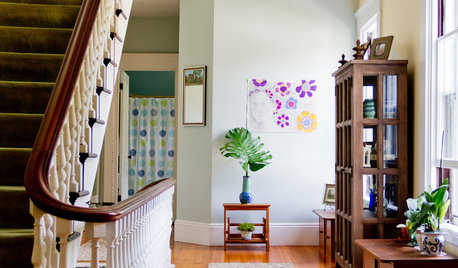
HEALTHY HOMEGet the Lead Out: Lead Safety at Home
Keep your family safe by properly testing for and dealing with lead in old painted surfaces, water and soil
Full Story
GREAT HOME PROJECTSWhat to Know About Adding a Reclaimed-Wood Wall
Here’s advice on where to put it, how to find and select wood, what it might cost and how to get it done
Full Story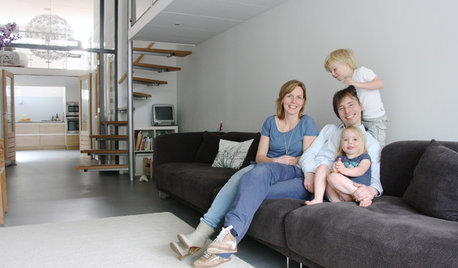
REMODELING GUIDESHow to Protect (Even Enhance!) Your Relationship While Renovating
No home improvement project is worth a broken heart. Keep your togetherness during a remodel with this wise advice
Full Story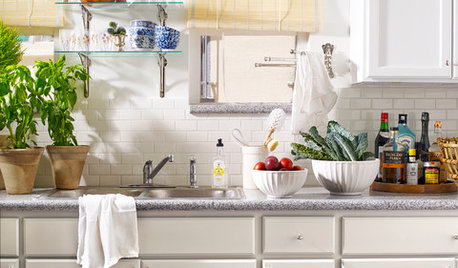
KITCHEN DESIGNKitchen of the Week: Making Over a Rental for About $1,500
Fresh paint, new hardware, added storage, rugs and unexpected touches breathe new life into a Los Angeles apartment’s kitchen
Full Story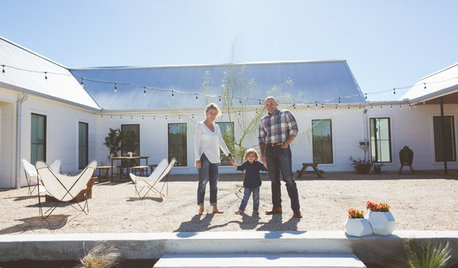
REMODELING GUIDESHow to Remodel Your Relationship While Remodeling Your Home
A new Houzz survey shows how couples cope with stress and make tough choices during building and decorating projects
Full Story
HEALTHY HOMEWhat to Know About Controlling Dust During Remodeling
You can't eliminate dust during construction, but there are ways to contain and remove as much of it as possible
Full Story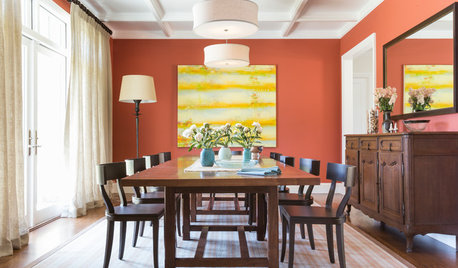
PAINTINGHow to Hire a Painter to Do Your Interiors
Here’s what to know about hiring a painting contractor and what to expect during the job
Full Story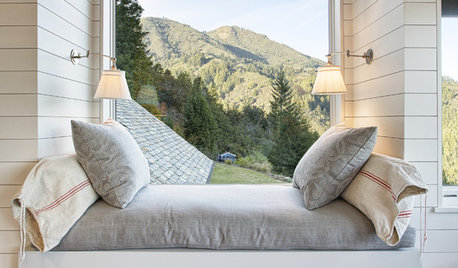
WINDOWSPhoto Flip: 85 Window Seats for Whiling Away the Day
Grab a good book and settle in for a spell in one of these amazing window seats
Full Story
PAINTINGWhat to Know About Milk Paint and Chalk Paint — and How to Use Them
Learn the pros, cons, cost and more for these two easy-to-use paints that are great for giving furniture a vintage look
Full Story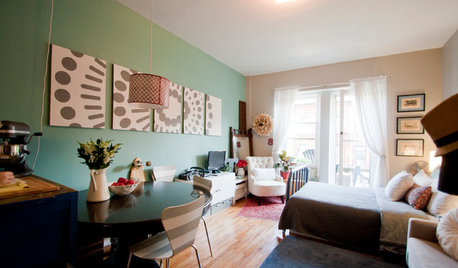
HOUZZ TOURSMy Houzz: Less Room Leads to Creative Chic in Manhattan
It may be tiny, but this studio in a coveted location shows high design, savvy reuse and an artistic sensibility
Full StorySponsored
Leading Interior Designers in Columbus, Ohio & Ponte Vedra, Florida
More Discussions






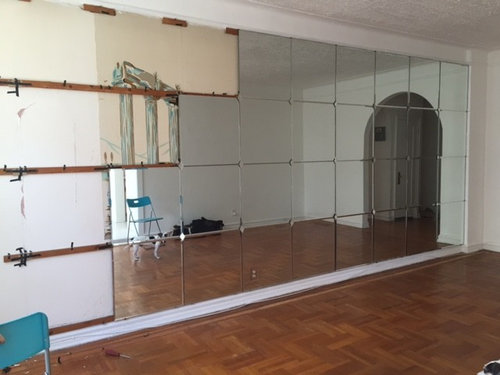
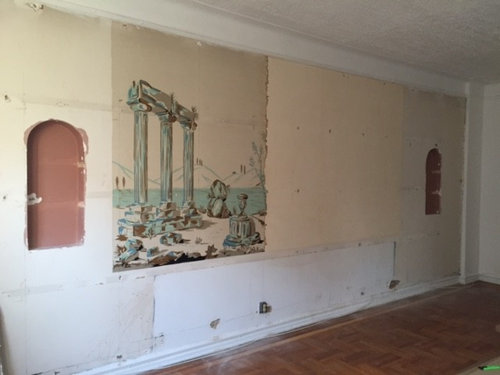
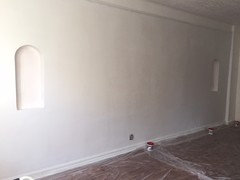


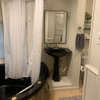
User